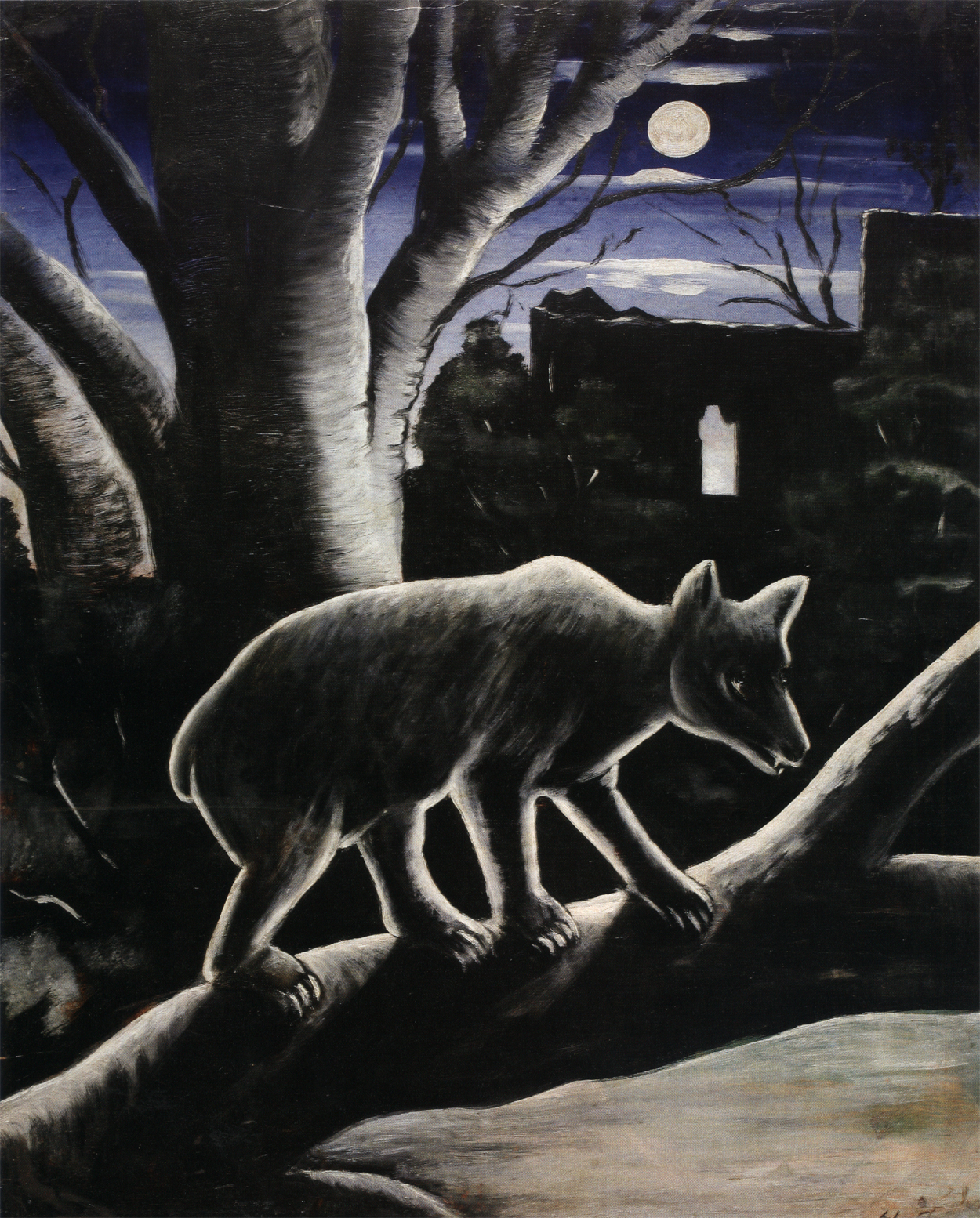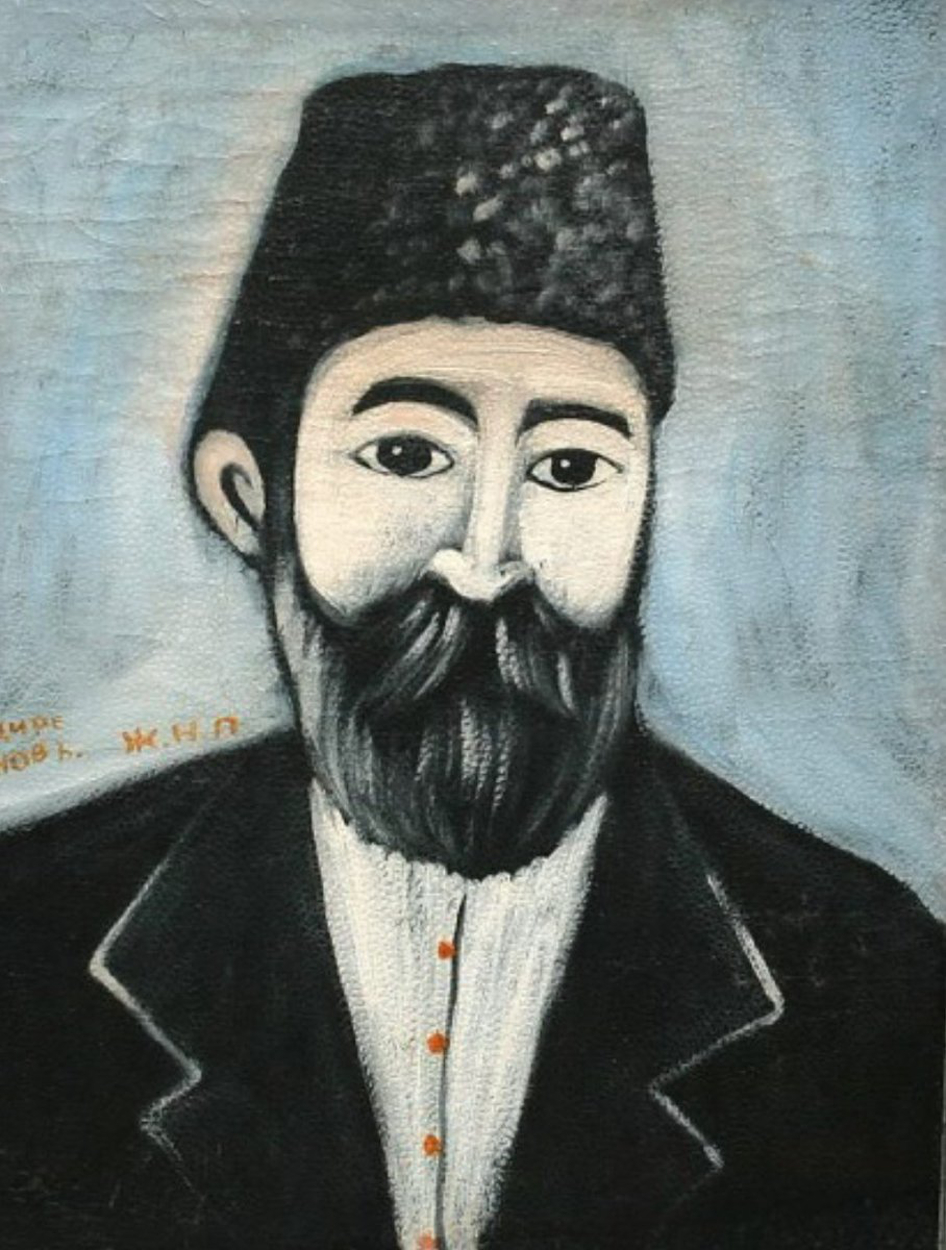The life of Niko Pirosmani (1862–1918) was a very difficult one. He was born into a poor but loving farming family in 1862 in Mirzaany, Georgia. Pirosmani’s troubles really began when he was orphaned very young and was moved to Tbilisi to live with his sister. She died of cholera shortly afterwards, and so Pirosmani was put into service with a wealthier family where he performed various domestic duties. It was here that he learned to read and write, and where, still a child, he taught himself to paint.
Another family followed, but his stay there was short because as a teenager he fell in love with his landlady, a match that was deemed inappropriate because of differences in age and social standing, and he was forced to leave. He briefly attempted to set up his own sign-writing business but this failed and he lost his workshop and the little money that he had. After this he worked in various temporary jobs including house painting, herding, and being a railway conductor, but he was destitute with nowhere to live, often taking payment in the form of bread, wine, and art materials. If he was lucky he would occasionally rent a small room in a basement or under some stairs.
Pirosmani was discovered by a Georgian-French artist and writer named Ilia Zdanevich around 1910-1912. Zdanevich was enthusiastic enough about Pirosmani’s painting to write an article about him in 1913 entitled “A natural-born artist,” which was published in the Moscow newspaper Zakavkazskaia Rech. This brought him a little recognition, and four of his works were subsequently shown at a Moscow exhibition for self-taught artists with favorable reviews from critics. A few years later Pirosmani was invited to join the Society of Georgian Painters; he was out of place among the other members, however, one of them even ridiculed him in the form of a caricature. It is easy to forget that despite these modest successes, Pirosmani was still living a destitute life. Sadly no help was ever offered to him, and despite his obvious talent he died of malnutrition and liver failure.
The art of Pirosmani is naïve and straightforward. He was compelled to capture natural life as it appeared to him, and he was the only Georgian animal painter. His simple and honest representations of people and animals are perhaps a result of having taught himself to paint as a child. He received no formal education—and certainly no funding—and so his style was entrenched in a world that he knew as a young boy and that remained with him throughout his life. His paintings have the same kind of charm that some children’s illustrations have, almost a fairytale quality, except of course that when we see the reality of Pirosmani’s hard and tragic life we find in them great sadness and pathos.
- Sarah Mills


 Niko Pirosmani
Niko Pirosmani